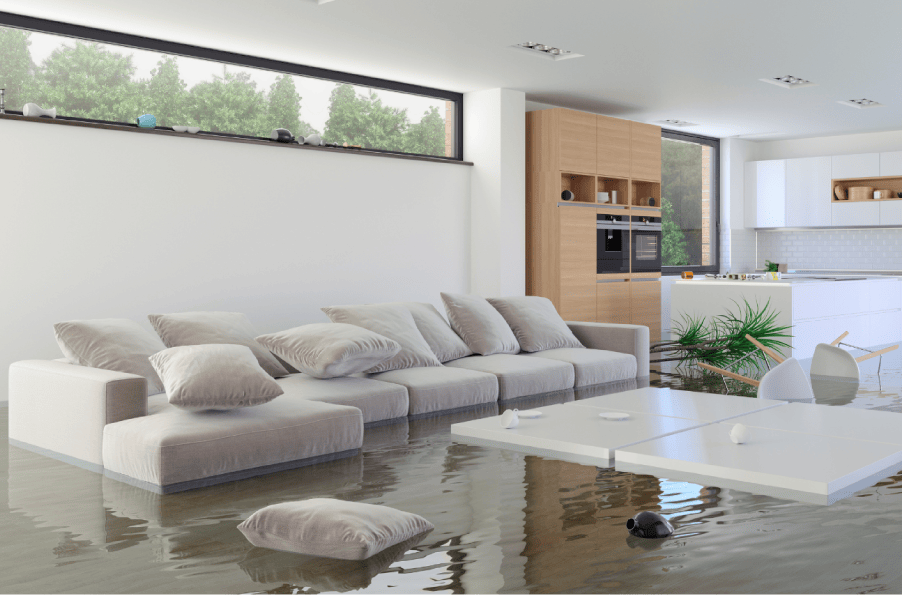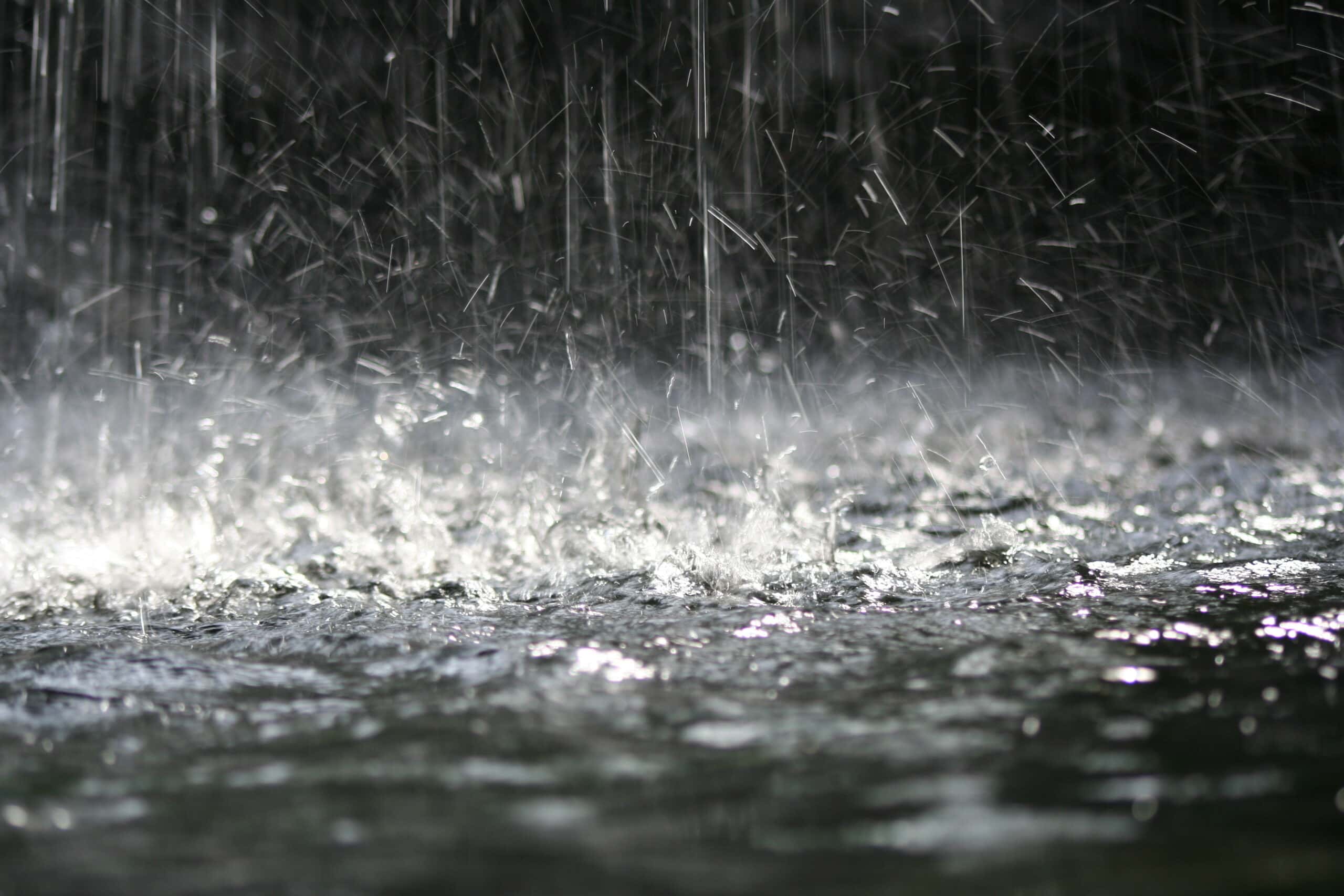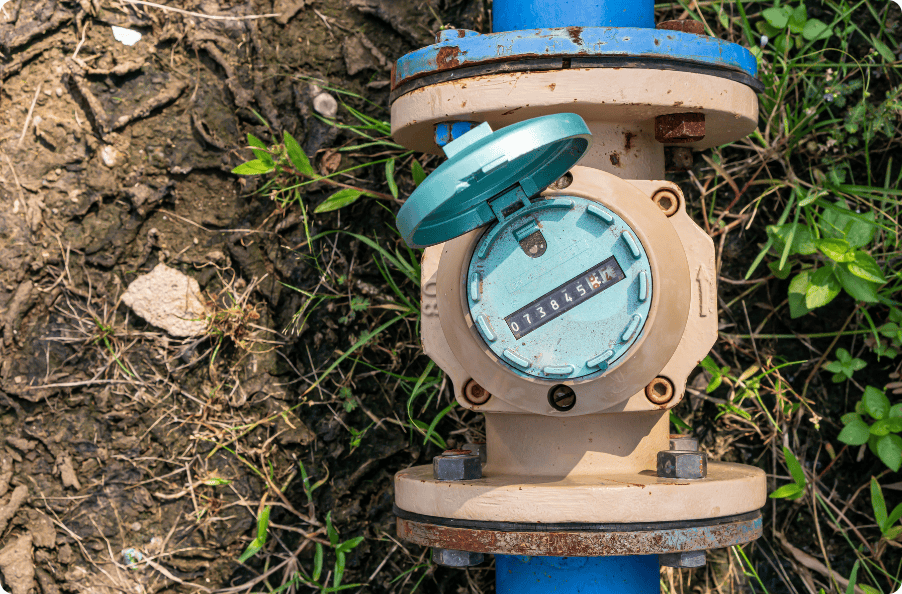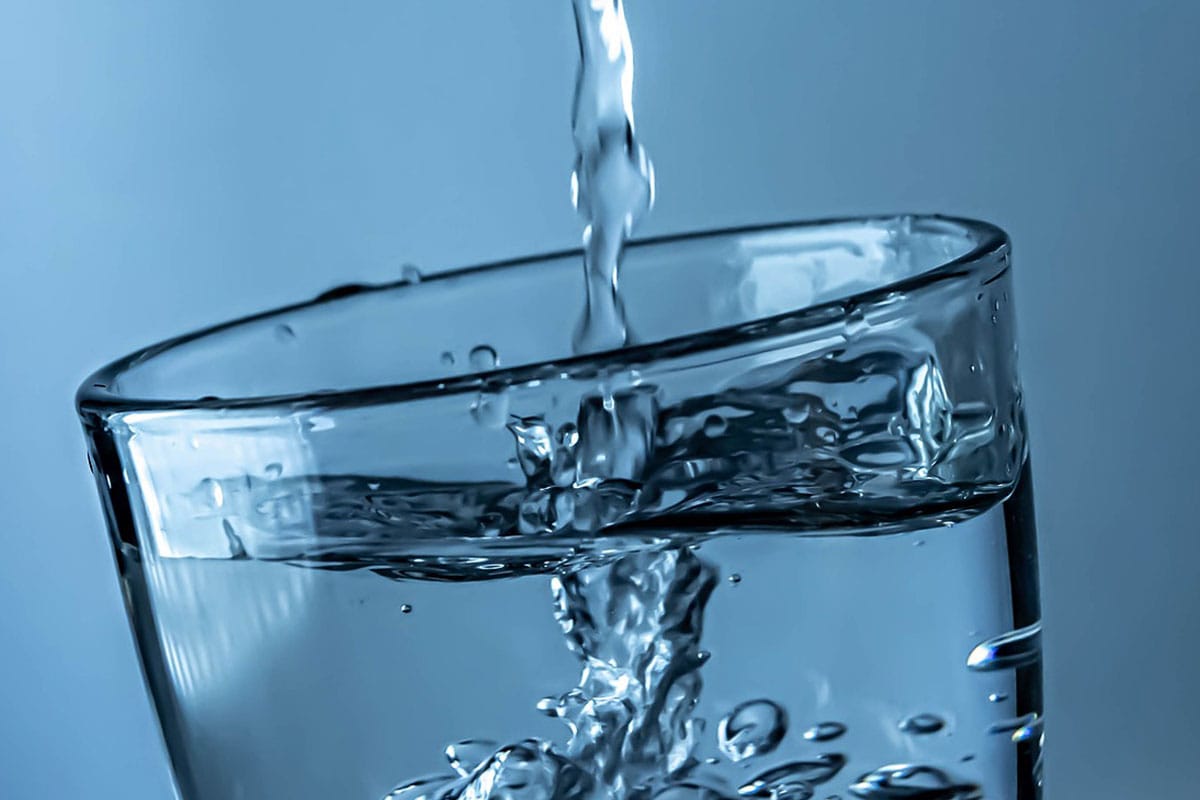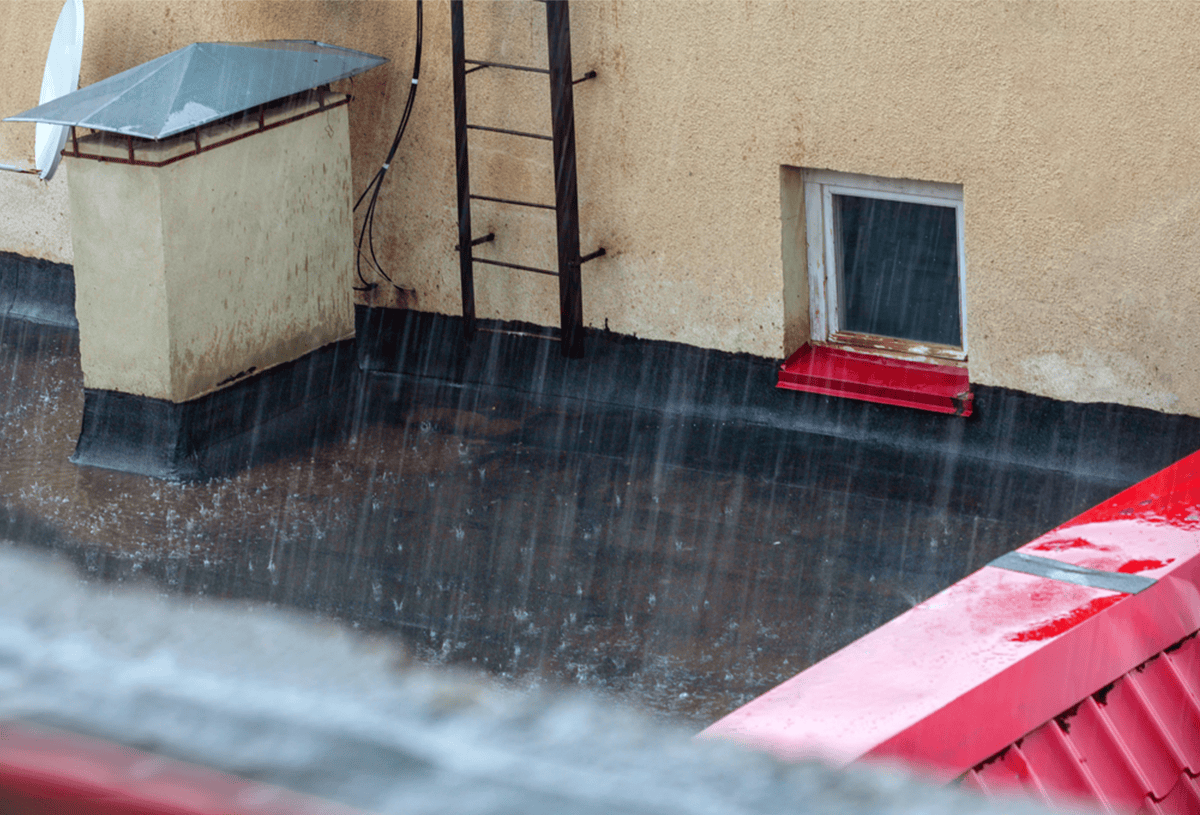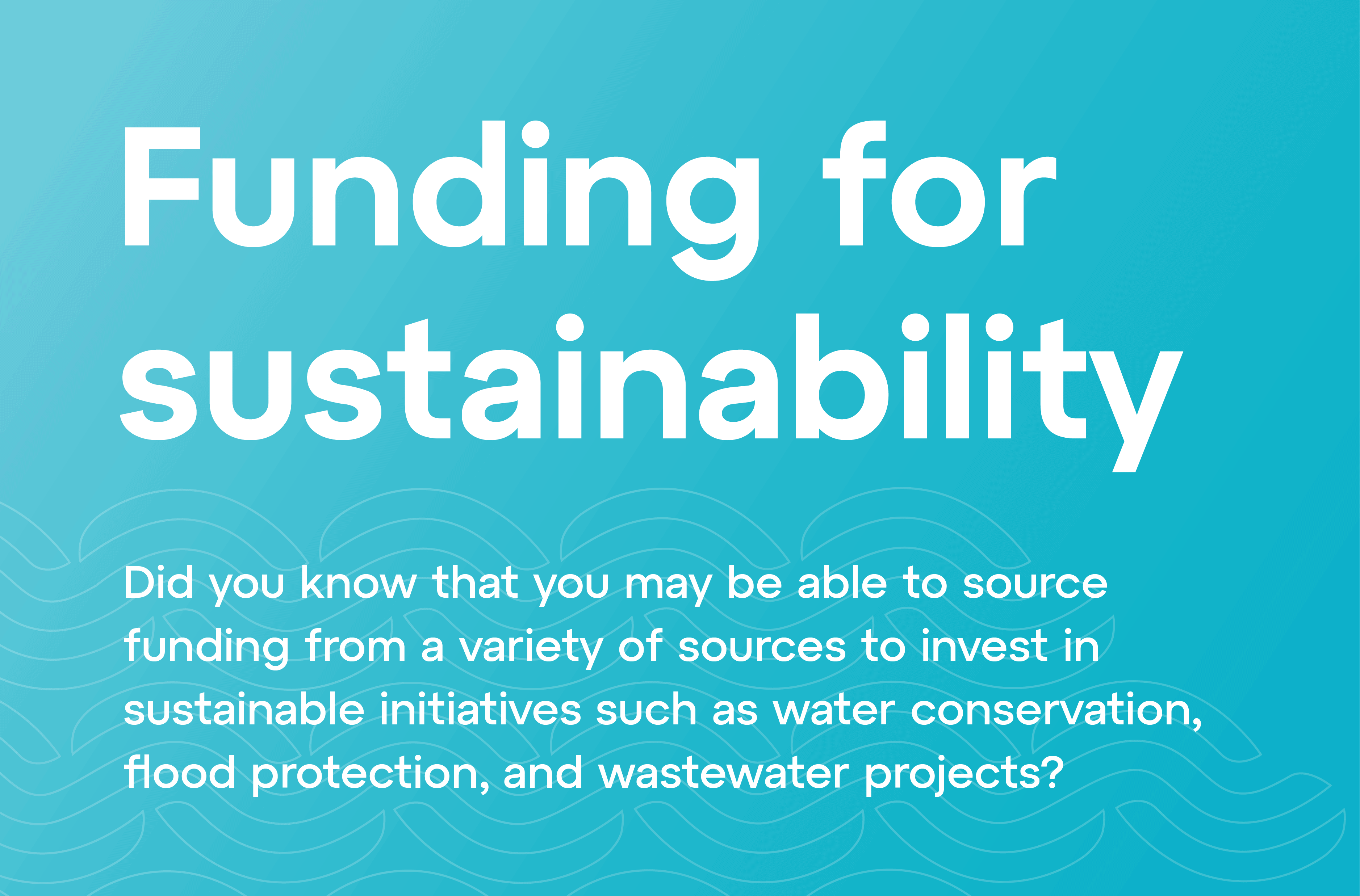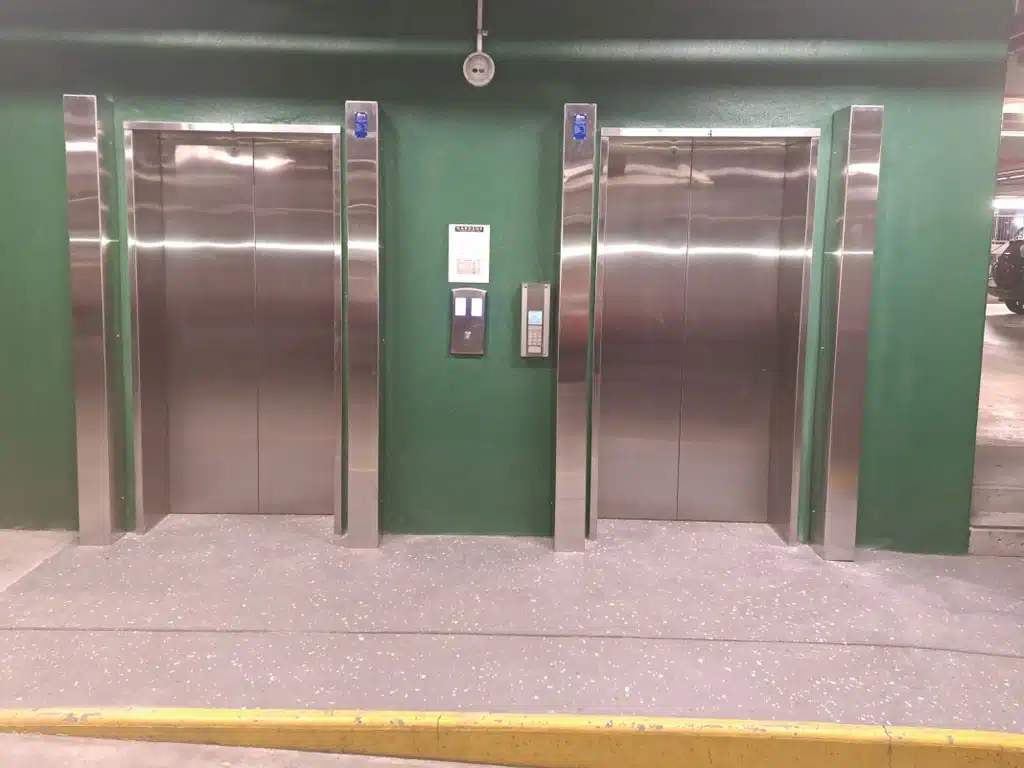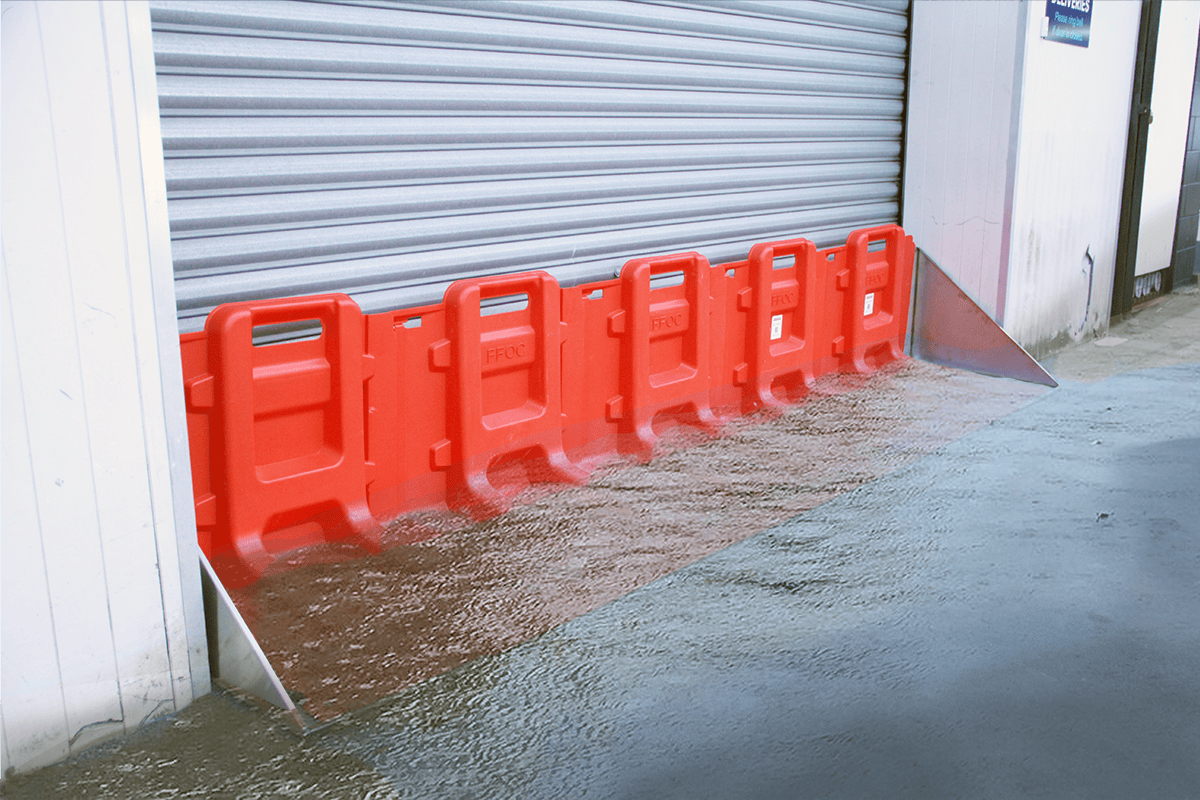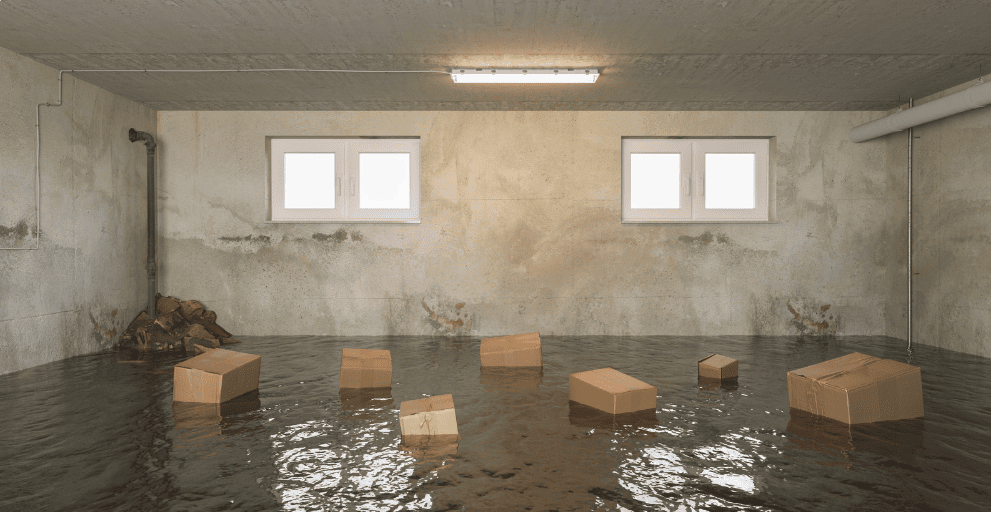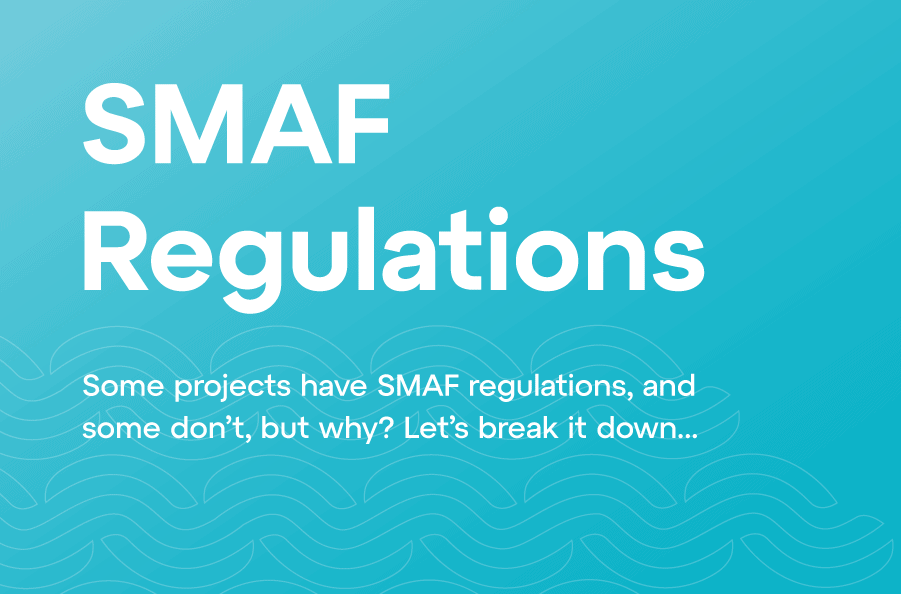Improving New Zealand’s water resilience can be achievable by applying an on-site, rather than system-wide focus, say one of the sponsors of the upcoming BRANZ seminar series, Building for Our Changing Climate.
At a time when the changing climate throws a curveball at our reliance on regular rainfall to keep our dams replenished, Roger Adlam and Elliot Olsen of Watersmart offer a number of practical on-site solutions to help reduce demand on infrastructure.
Elliot Olsen says “As the climate changes, we face more extreme weather, and fewer regular patterns. Extreme droughts create a lack of water reserves, leading to restrictions and potentially restricted flow rates. Extreme storms lead to floods, which compromise water reserves and destroy homes and infrastructure, meaning large areas may be left without a safe water supply for extended periods.”
This, says Roger Adlam, means that climate change creates long-term infrastructure stress. “It can take years to create solutions and upgrades to district, regional and national networks. For this reason, we encourage a focus on achievable on-site – as well as system-wide – change, to make quick progress and offer significant tangible benefits not only to providers of infrastructure, developers and builders, but also to the ultimate owners of the properties they create.”
Rainwater and grey water recycling
Solutions that Watersmart is already applying to improve water resilience for its customers cover two areas. “Firstly, significant potential exists to re-use rainwater for potable water uses,” says Elliot. “Collecting and using rainwater for house water supply, including potable uses, can mean that a home uses up to 70% less council-supplied water.”
Elliot adds that this does of course depend on the size of the home’s roof. “A small roof area means you can catch less rainwater. If you have a large roof on say a single level home, you can catch enough water to fulfil your entire demand for most of the year, assuming no droughts”.
If you also install a greywater recycling system, your house is less reliant on capturing rainwater. This gives the resident more resilience in times of drought. A grey water re-use system can alone save 30% of water use, as the processed water can be used in toilets and laundry and irrigation only.
“If you have both a greywater reuse system and a rainwater collection reuse system for the entire house supply, then you can almost always achieve 100% on site water supply, with no council water required.”

Many positive impacts on budgets and resilience
Reduced loading on infrastructure not only buys time to upgrade or repaired pipework, but it can in some cases remove the requirement to upgrade. Additionally, it decreases the costs of creating potable water more than many people think.
Elliot added that “builders can achieve a higher Homestar rating when installing water collection and re-use systems, and appeal to a wider customer base with a higher-value end product compared to the same house without this feature. Similar to solar power reducing power bills and providing power during a blackout, a rainwater collection and re-use system can reduce water bills and allow a local water supply in times of drought or compromised mains water supply.”
Both Roger and Elliot say that incentivising systematic on-site recycling and reuse requires central and local government buy-in. “We need to work out how to incentivise investment” says Roger. “It is a question of whether funded support would be less than the inevitable infrastructure upgrade.”
“If you are a commercial customer your Infrastructure Growth Charge will be calculated on the volume of water you expect to use. Therefore, if you install water saving devices that will reduce your water demand, it will reduce your IGC” says Roger.
In the meantime, both Roger and Elliot advocate for the use of new ways of thinking alongside existing systems such as Hydraloop, the world’s first in-home water recycling system that helps save up to 45% of water usage on site, and rainwater re-use solutions such as Watersmart’s patented Aquacomb water tank solution.
“Our mantra at present is ‘recycle-ready houses” says Roger. “We’re working with developers and builders to help them prepare to adopt change by for example installing dual pipe systems. We’re excited also to be part of projects such as Fletcher Living’s LowCO low-carbon home pilot. The future is on its way, and we are actively working to help Kiwis to improve their water resilience.”
If you would like to learn more about how your project can increased water resilience and earn more homestar points, contact our friendly team today.

